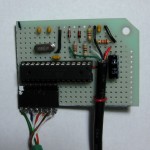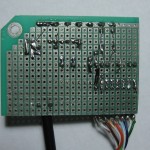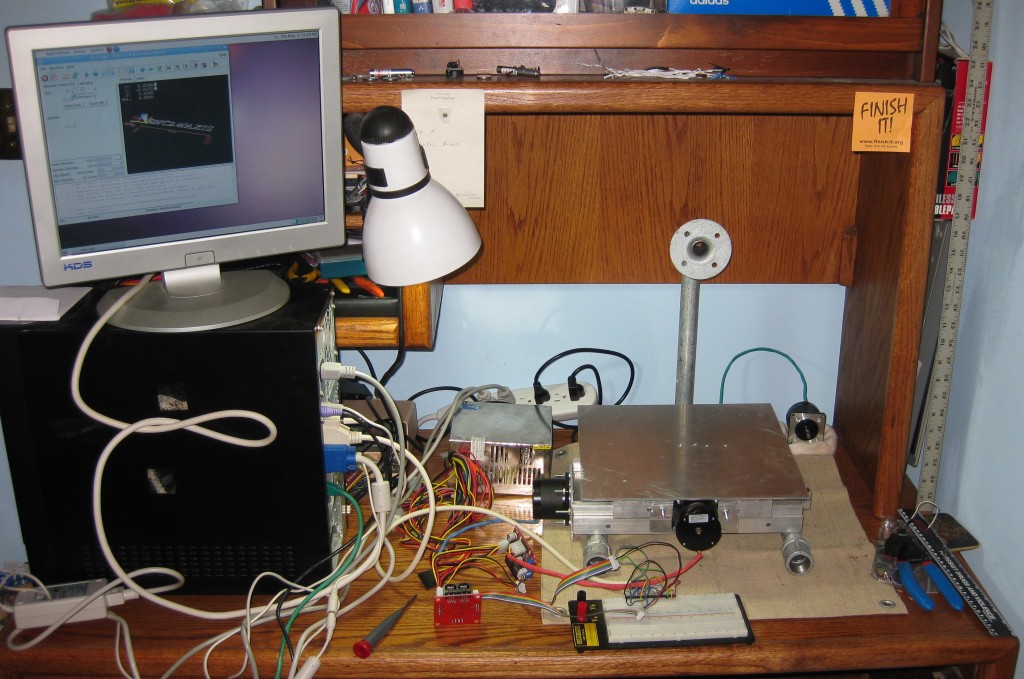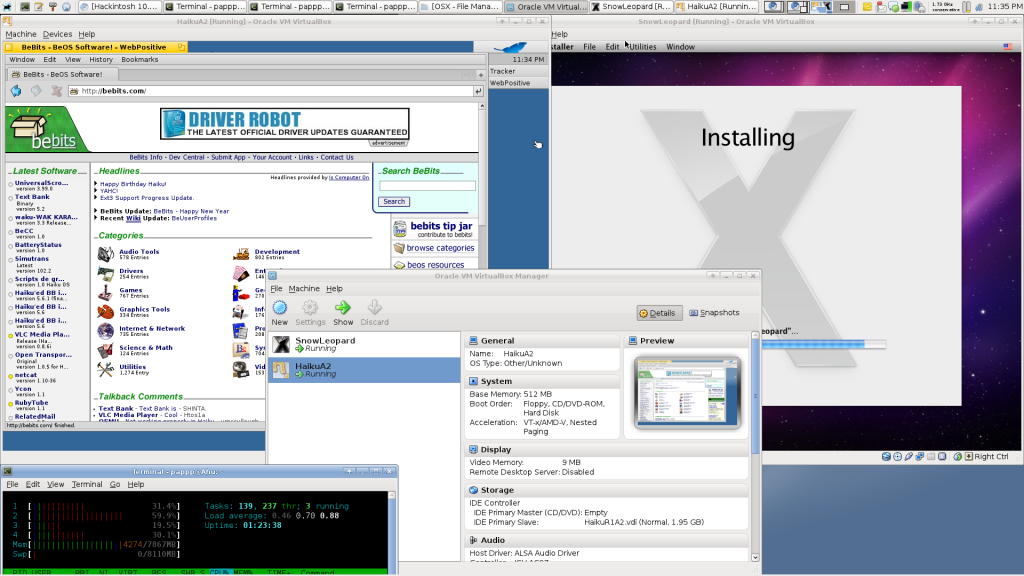I just upgraded my (ancient, bought used, and thoroughly hacked within hours) Xbox’s XBMC install to the new XBMC4Xbox 3.0.1 stable release that came out Thursday. I continue to be amazed that there is still a team of hackers maintaining XBMC for the original Xbox hardware (the main XBMC team deprecated it as a target platform over a year ago), and that it is still the slickest media center I’ve ever used. It actually took me a minute to remember how to update the dash, since I hadn’t changed the configs on the Xbox in almost two years (fyi: in my configuration, shortcut xbe named “xbmc.xbe” as that is the default boot dash, xbmc.cfg contains the path to the default.xbe you want to launch – this is a breadcrumb for myself). Eventually I’ll have to replace the thing with a (quieter, more capable, and less hacked) PC running XBMC on top of a Linux system with a suitable remote, but for standard definition the Xbox is so good I just never feel the need to pay for the replacement parts. Maybe when I’m living somewhere more space constrained I’ll build a proper machine for that and roll my household server in as well.
It’s always sort of incredible to think back to how the Xbox scene was largely the prototype for all subsequent consumer device hacking efforts, and that XBMC is basically the model after which the current generation consoles media and development features were designed. It’s also mind blowing how capable a 733Mhz Coppermine Celeron and a chopped down Geforce3, sharing 64Mb of RAM between them is when running bloat-free dedicated software – designers of the current round of corpulent crap take note.
Web Presence
Page Navigation
Meta
-
Recent Posts
Random Quote
Inside every cynical person, there is a disappointed idealist.
— George CarlinCategories
License

Unless otherwise noted, this work is licensed under a Creative Commons Attribution-ShareAlike 3.0 United States License.




